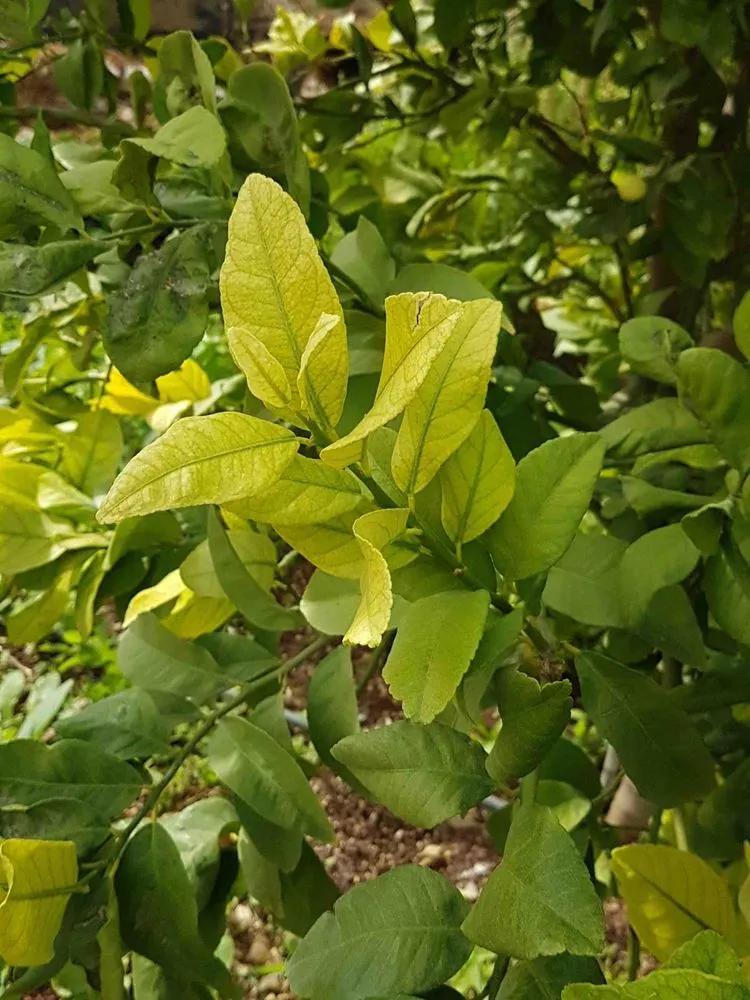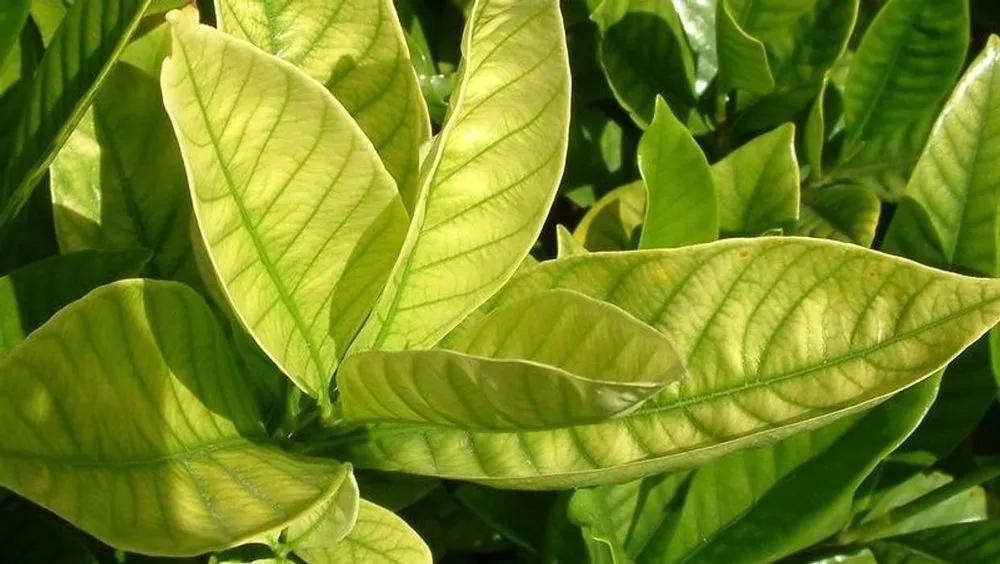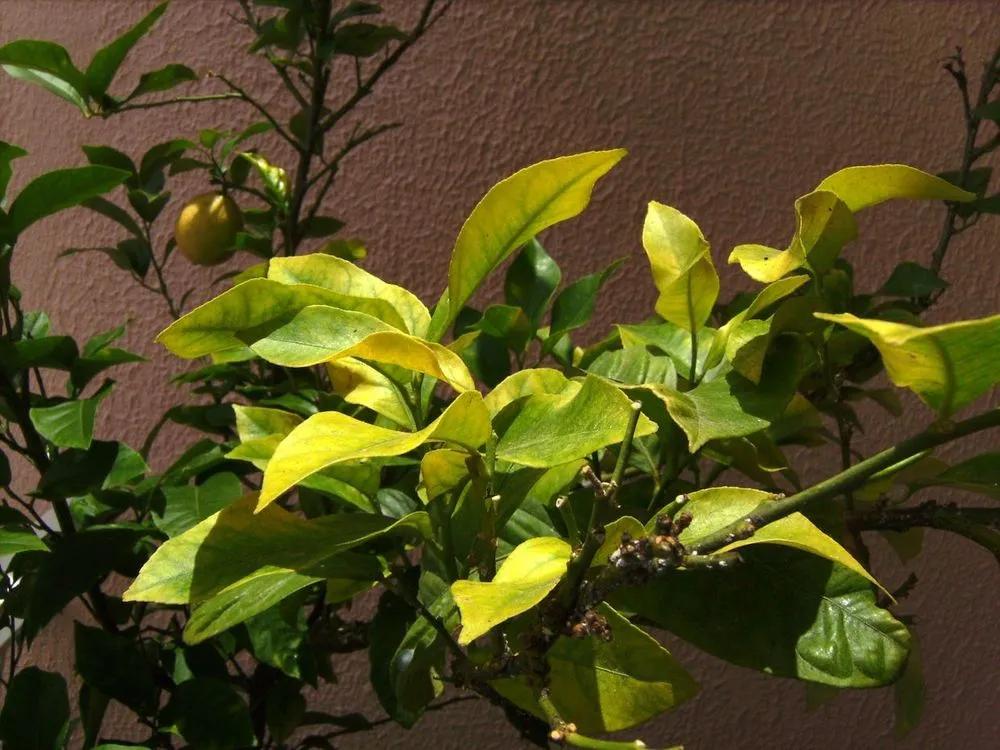Iron deficiency is a problem that leads to the breakdown of growth phytohormones (auxins), which plants synthesize, slowing down plant growth. The most sensitive to iron deficiency are roses, apple trees, to a lesser extent, coniferous trees and shrubs, rhododendrons, blueberries, and lawn grasses. The lack of iron must be solved after planting the crop. Thus, it will be able to grow in a balanced and without restrictions on nutrition.
Iron Deficiency in Plants



Signs of damage
- The plant growth slows down visibly.
- On large leaves, chlorosis appears between the veins, starting from the base of the leaf.
- In the future, necrosis progresses, and the leaves die off and fall off.
- Sharp, uniform fading of the leaf blade.
- Sometimes, in the early stages, the veins remain green. Iron deficiency is especially evident in the second half of the season.
How to prevent
Care for the soil, fertilize it timely with trace elements, and carefully observe the plants to prevent chlorosis. Be sure to carry out foliar treatment with iron chelates in advance because iron accumulates well in plants and affects them quite slowly. Be careful and do not apply excessive amounts of phosphorus fertilizers.
Heal
Iron must be in chelated form and well absorbed by plants. Iron-chelated amino acid sargassum algae is very effective, which significantly accelerates the assimilation of the treatment. Depending on the application method, there are two types: foliar and root. Foliar fertilizers are often used when the plant needs micronutrients such as iron, zinc, boron, or manganese. They are sprayed on the leaves, following the instructions on the container, which will soon begin to recover. Root fertilizers are used when plants need macronutrients such as nitrogen, phosphorus, or potassium. In addition, the methods of combating the consequences of iron deficiency include increasing temperature from the roots, analyzing and improving the substrate, as well as improving drainage, avoiding compaction, and helping the soil.
Go Premium to continue reading
Also you’ll get unlimited access to disease identification and all the other beneficial features
More problems
